Home>Articles>How To Choose Grout Color And Type For Your Tile Project
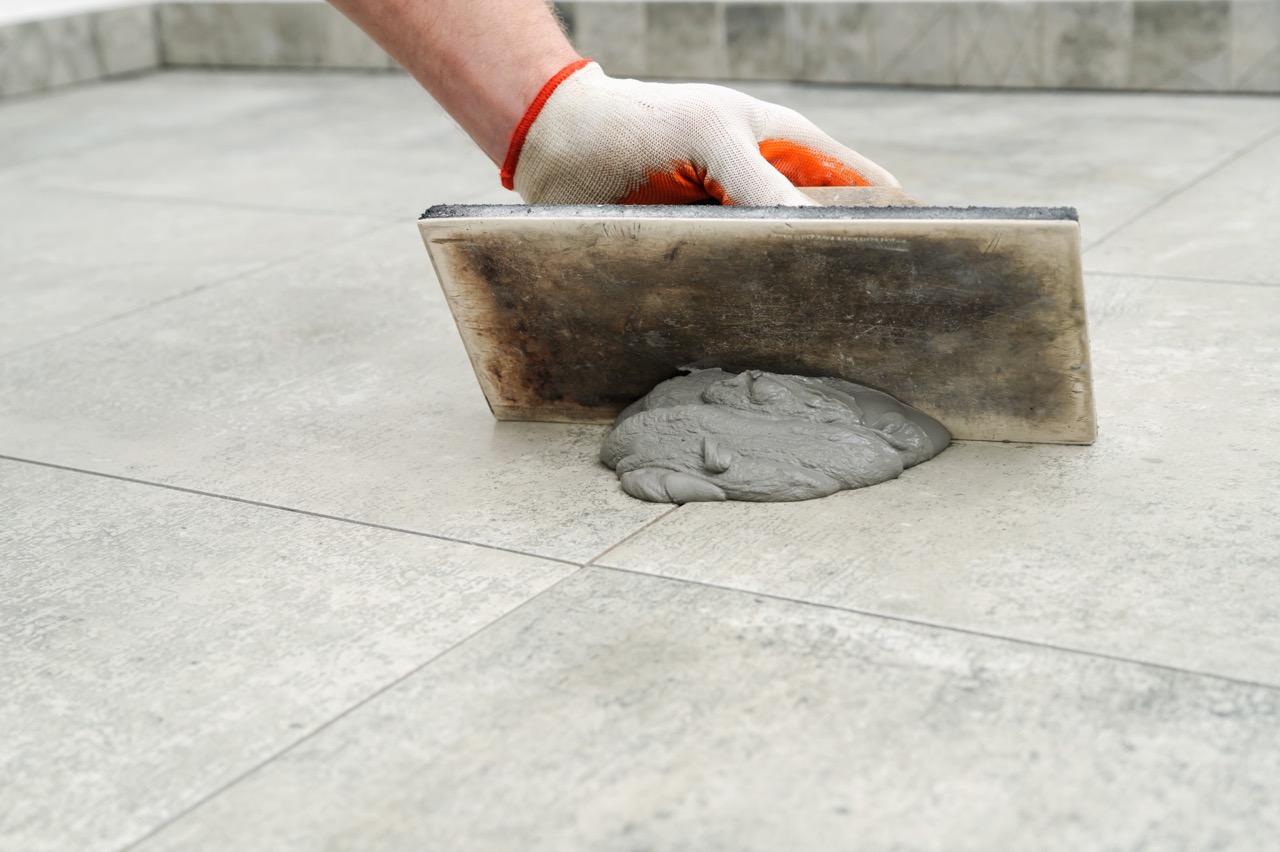

Articles
How To Choose Grout Color And Type For Your Tile Project
Modified: January 19, 2024
Discover the best articles on how to choose grout color and type for your tile project. Get expert tips and advice for a flawless finish.
(Many of the links in this article redirect to a specific reviewed product. Your purchase of these products through affiliate links helps to generate commission for Storables.com, at no extra cost. Learn more)
Introduction
When it comes to tile projects, choosing the right grout color and type can have a significant impact on the overall aesthetic and longevity of the final result. Grout serves both functional and decorative purposes, filling the spaces between the tiles while also enhancing the visual appeal.
However, with a wide range of grout colors and types available, making the right choice can be overwhelming. Factors such as the overall design and style, personal preference, and practical considerations all come into play. In this article, we will explore the key factors to consider when selecting grout color and type for your tile project.
Key Takeaways:
- Choose grout color and type based on tile color, room size, and lighting to create a cohesive or contrasting look. Consider maintenance and durability for a long-lasting and visually stunning tile project.
- Light grout colors expand space and offer a classic look, while dark grout colors add depth and drama. Matching grout creates a seamless appearance, while contrasting grout highlights individual tiles. Consider practical factors for maintenance and durability.
Factors to Consider When Choosing Grout Color and Type
Choosing the grout color and type is not a decision to be taken lightly. Here are several important factors to keep in mind:
- Tile Color: The color of your tiles will play a significant role in determining the grout color. Consider whether your tiles are light, dark, or have a specific hue. Matching the grout color closely to the tile color can create a seamless and cohesive look.
- Style Preference: Think about the overall style and atmosphere you want to create in the space. Do you desire a clean and modern look or a more traditional and rustic feel? The grout color can help enhance the desired style.
- Room Size: The size of the room can also influence your grout color choice. If you have a small space, using a lighter grout color can make the room feel more spacious. Conversely, darker grouts can add depth and drama to larger rooms.
- Lighting: Consider how the lighting in the room affects the appearance of the tiles. Natural light and artificial lighting can have different effects on colors. It’s a good idea to bring tile samples home to observe them in different lighting conditions before making a final decision.
- Contrast: Decide whether you want the grout to blend seamlessly with the tiles or create a contrasting effect. Matching the grout color closely to the tile color will create a subtle look, while opting for a contrasting grout will highlight the individual tiles.
- Traffic and Maintenance: Consider the level of foot traffic the area will experience and the ease of maintenance. Lighter grout colors tend to show less dirt and stains, while darker grouts can be more forgiving in high-traffic areas.
By taking these factors into consideration, you can narrow down your options and make an informed decision on the grout color and type that best suits your tile project.
Light vs. Dark Grout Colors
One of the most important decisions when choosing grout for your tile project is determining whether to opt for a light or dark grout color. Both options have their advantages and can significantly impact the final look of the installation.
Light Grout Colors:
Light grout colors, such as white, cream, or light gray, have several benefits:
- Seamless Blend: Using a light grout color that closely matches the tile color can create a cohesive and seamless look. This is particularly effective for installations where the tiles are of the same or similar color.
- Expanding Space: Light grout colors can make a room feel more spacious and open. This is especially beneficial in smaller areas or rooms with limited natural light.
- Classic and Timeless: Lighter grout colors are considered classic and timeless choices. They can easily complement a variety of design styles and allow the focus to be on the tiles themselves.
Dark Grout Colors:
On the other hand, dark grout colors, such as black, dark gray, or chocolate brown, offer their own advantages:
- Contrasting Effect: Using a dark grout color with light-colored tiles can create a striking contrast and draw attention to the individual tiles. This can be especially effective for bold or patterned tile designs.
- Masking Stains: Dark grout is less likely to show stains and discoloration, making it a practical choice for high-traffic areas or spaces prone to dirt and grime.
- Adding Depth: Dark grout colors can add depth and dimension to a tile project, giving it a more dramatic and sophisticated look.
Ultimately, the choice between light and dark grout colors depends on your personal preference and the overall design aesthetic you want to achieve. It’s important to consider factors such as tile color, room size, lighting, and maintenance requirements to make an informed decision that enhances the beauty of your tile installation.
Matching vs. Contrasting Grout Colors
One of the considerations when choosing grout colors for your tile project is whether to opt for a matching color or a contrasting color. Each approach creates a distinct visual effect and can significantly impact the overall look and feel of the installation.
Matching Grout Colors:
Matching grout colors closely resemble the color of the tiles, creating a seamless and cohesive look. This approach has several advantages:
- Subtle and Cohesive: Matching grout colors allow the tiles to take center stage, creating a unified and harmonious appearance. This is an ideal choice for tiles with intricate patterns or designs that you want to showcase without distraction.
- Enhancing Tile Color: By using a matching grout color, you can enhance the color and hue of the tiles, making them appear more vibrant and defined.
- Timeless Appeal: Matching grout colors have a classic and timeless appeal that can stand the test of time and work well with a wide range of design styles.
Contrasting Grout Colors:
Using a contrasting grout color creates a striking and bold effect, making the individual tiles stand out. Here are some advantages of contrasting grout colors:
- Highlighting Tile Design: Contrasting grout colors can emphasize the pattern or design of the tiles, accentuating their shape and creating a visual impact.
- Creativity and Personalization: Choosing a contrasting grout color allows for more creativity and personalization, making a bold statement and adding a unique touch to your tile project.
- Masking Imperfections: In some cases, contrasting grout colors can help disguise slight variations or imperfections in the tile installation, providing a more forgiving look.
Whether you choose matching or contrasting grout colors depends on your personal preference and the desired effect you want to achieve. It’s important to take into consideration factors such as tile design, style, and the overall atmosphere of the space to make an informed decision. Remember that both matching and contrasting grout colors can create stunning results when chosen thoughtfully and in harmony with the overall tile project.
Considering the Tile Design and Pattern
When choosing grout for your tile project, it’s essential to consider the tile design and pattern. The right grout color and type can enhance the overall aesthetic and bring out the best in your tiles. Here are some factors to consider:
Mono-color Tiles:
If you have mono-color tiles, where the tiles are all the same color, you have the flexibility to choose a grout color that matches closely or contrasts for a dramatic effect. Matching grout colors create a seamless and cohesive look, while contrasting grout colors can highlight the shape and pattern of the tiles.
Patterned Tiles:
For patterned tiles, choosing the right grout color is crucial to either emphasize or downplay the design. Here are a few approaches:
- Matching Grout: If you want the tiles to be the main focus, use a grout color that matches the background color of the tiles. This allows the pattern to stand out without distraction.
- Contrasting Grout: If you want to emphasize the pattern, opt for a contrasting grout color. This will make the pattern more visually prominent, showcasing its intricacy and adding visual interest to the tile installation.
- Multiple Grout Colors: In some cases, you may consider using multiple grout colors to enhance different parts of the pattern. This can create a unique and customized look, allowing each element of the design to shine.
Geometric Tiles:
If you have geometric tiles, such as hexagons or herringbone patterns, you can choose grout colors that accentuate the angular lines and shapes. Contrasting grout colors can create a visually stunning effect, highlighting the geometry and creating a sense of depth and dimension.
Size of Tiles:
The size of the tiles also influences the grout color choice. For small-sized tiles, utilizing a lighter grout color can make the space appear larger and more open. However, if you want to make a statement or add a sense of drama, darker grout colors can provide a striking contrast to the small tiles and create visual impact.
When considering the tile design and pattern, it’s important to visualize how the grout color will interact with the tiles. Take the time to experiment with different grout colors on sample tiles or consult with a professional to ensure the perfect balance between the tiles and grout in your project. By carefully considering the design and patterns of your tiles, you can choose the grout color that accentuates their uniqueness and adds a touch of elegance to your overall tile installation.
When choosing grout color, consider the tile color and size. Light grout can make a small space feel larger, while dark grout can add contrast. For high-traffic areas, use epoxy grout for durability.
Read more: How To Grout A Shower Tile
Grout Type: Sanded vs. Unsanded
When selecting grout for your tile project, it’s important to understand the difference between sanded and unsanded grout. The type of grout you choose will depend on the width of the grout lines and the specific requirements of your tile installation.
Sanded Grout:
Sanded grout contains fine sand particles that provide additional strength and durability. It is typically used for wider grout lines, typically ranging from 1/8 inch to 1/2 inch or more. Here are a few key considerations when it comes to sanded grout:
- Stability: Sanded grout is less prone to cracking and shrinking, making it an ideal choice for large grout lines that may experience movement or tension.
- High Traffic Areas: If your tile installation will be subject to heavy foot traffic or other stresses, such as in a commercial setting or on a floor, sanded grout is recommended for its added strength and durability.
- Tile Spacing: The presence of sand particles in sanded grout helps fill larger grout lines more effectively, ensuring better adhesion and reducing the chance of voids or gaps.
Unsanded Grout:
Unsanded grout, as the name suggests, does not contain sand and is typically used for smaller grout lines, generally 1/8 inch or less. Here are some important considerations for unsanded grout:
- Smaller Grout Lines: Unsanded grout is suitable for smaller grout lines to ensure better adhesion and a smoother finish. It is commonly used for delicate tiles or where precise grout lines are desired.
- Vertical Surfaces: Unsanded grout is more manageable and easier to work with on vertical surfaces, such as walls or backsplashes, as it tends to be more adhesive and less likely to sag or slump.
- Scratch-Prone Materials: If you are working with soft or delicate tile materials, such as polished stone or glass, unsanded grout is recommended to minimize the risk of scratches or damage during installation.
It’s important to note that the choice between sanded and unsanded grout also depends on the manufacturer’s recommendations and the specific requirements of your tile project. Always refer to the manufacturer’s instructions and consult with a professional if you are unsure.
By understanding the differences between sanded and unsanded grout and considering the width of your grout lines and the specific needs of your installation, you can make an informed decision and ensure that your tile project is not only visually appealing but also structurally sound and durable.
Grout Type: Epoxy vs. Cement-Based
When it comes to choosing grout for your tile project, you may have the option of selecting between epoxy grout and cement-based grout. Both types have unique characteristics and advantages that should be taken into consideration based on your specific needs and preferences.
Epoxy Grout:
Epoxy grout is a type of grout that is made from a mixture of epoxy resins and a filler powder. Here are a few key considerations when it comes to epoxy grout:
- Stain and Chemical Resistance: Epoxy grout is highly resistant to stains, chemicals, and discoloration, making it an ideal choice for high-maintenance areas such as kitchens, bathrooms, and commercial spaces.
- Durability and Longevity: Epoxy grout is known for its exceptional durability and long-lasting performance. It is resistant to cracking, shrinking, and abrasion, ensuring that your tile installation remains intact for years to come.
- Waterproof: Epoxy grout is inherently waterproof, making it perfect for areas that are frequently exposed to water, such as showers or swimming pools.
- Color Consistency: Epoxy grout is available in a wide range of colors and maintains its color consistency over time, even in areas prone to fading or discoloration.
- Complex Application: Due to its chemical composition, epoxy grout requires more precise mixing and application techniques than cement-based grout. It may require a professional installer who is experienced in working with epoxy grout.
Cement-Based Grout:
Cement-based grout is the more traditional and commonly used type of grout. It is composed of a mixture of cement, sand, and water. Here are some important considerations when it comes to cement-based grout:
- Cost-Effective: Cement-based grout is typically less expensive than epoxy grout, making it a more budget-friendly option for tile installations.
- Flexibility: Cement-based grout provides a certain degree of flexibility, allowing for slight movement without the risk of cracking. This is particularly beneficial in areas where there may be structural shifts or settling.
- Ease of Installation: Compared to epoxy grouts, cement-based grouts are easier to mix and apply, making them more accessible for DIY projects or inexperienced installers.
- Some Stain Resistance: While not as stain-resistant as epoxy grout, some cement-based grouts are available with added admixtures or sealants that provide a certain level of stain resistance.
- Standard Maintenance: Cement-based grout may require periodic sealing to maintain its appearance and prevent staining, especially in heavily used areas or spaces exposed to moisture.
Ultimately, the choice between epoxy grout and cement-based grout depends on your specific needs, the level of durability and stain resistance required, and your budget constraints. Consulting with a professional or discussing with your tile supplier can help ensure that you make an informed decision that suits your tile project and provides the desired performance and aesthetic results.
Practical Considerations: Maintenance and Durability
When selecting grout for your tile project, it’s essential to consider practical factors such as maintenance and durability. Choosing the right grout can make a significant difference in the longevity and appearance of your tile installation. Here are some key considerations:
Maintenance:
- Stain Resistance: Some grouts, such as epoxy grout, offer excellent stain resistance, making them easier to clean and maintain. Stains from spills, dirt, or grime are less likely to penetrate the grout surface and can be easily wiped clean.
- Sealing Requirements: Cement-based grouts often require regular sealing to maintain their appearance and prevent staining. Applying a grout sealer can provide an additional layer of protection and make maintenance easier in the long run.
- Cleaning Considerations: Consider the cleaning methods and products recommended for the specific grout type you choose. Some grouts may require specific cleaning solutions, while others are more forgiving and can be cleaned with standard household cleaners.
Durability:
- Traffic and Wear: Consider the level of foot traffic and wear that the tile installation will experience. High-traffic areas, such as entryways or commercial spaces, may require a more durable grout that can withstand constant use without cracking or deteriorating.
- Flexibility: Depending on the substrate and the potential for movement or settling, a more flexible grout may be required to avoid cracking and ensure the longevity of the installation.
- Water Resistance: In areas prone to moisture, such as bathrooms or kitchens, it is important to choose a grout that is water-resistant to prevent damage, mold, or mildew growth.
Consider the specific needs of your tile project and the environment in which it will be installed. If you have any concerns, it is advisable to consult with a professional or seek advice from your tile supplier to ensure you choose a grout that is suitable for the conditions and will provide the necessary maintenance and durability for your specific application.
Conclusion
Choosing the right grout color and type is a crucial step in any tile project. It not only affects the overall aesthetics of the installation but also contributes to its durability and maintenance requirements. By considering various factors such as tile color, style preference, room size, lighting, and practical considerations, you can make an informed decision that enhances both the visual appeal and the functionality of your tile project.
When it comes to grout color, the choice between light and dark can create different effects. Light grout colors can create a seamless and spacious look, while dark grout colors can add drama and depth to the space. Matching grout colors closely resemble the tile color, creating a cohesive appearance, while contrasting grout colors can highlight the individual tiles and patterns.
The grout type is another important aspect to consider. Sanded grout is ideal for wider grout lines, providing strength and stability, while unsanded grout is suitable for smaller grout lines, offering better adhesion and a smooth finish. Epoxy grout is highly durable, stain-resistant, and waterproof, making it perfect for high-traffic and moisture-prone areas. Cement-based grout is cost-effective and easier to work with, but may require periodic sealing and maintenance.
Practical considerations such as maintenance and durability should not be overlooked. Understanding the maintenance requirements of different grout types and considering the level of foot traffic, wear, and exposure to moisture are essential factors to ensure the longevity and performance of your tile installation.
In conclusion, choosing the right grout color and type is a multifaceted decision that should take into account factors such as tile color, design, room size, lighting, maintenance requirements, and durability. By carefully considering these factors and consulting with professionals when needed, you can achieve a harmonious and visually stunning tile project that will stand the test of time.
Frequently Asked Questions about How To Choose Grout Color And Type For Your Tile Project
Was this page helpful?
At Storables.com, we guarantee accurate and reliable information. Our content, validated by Expert Board Contributors, is crafted following stringent Editorial Policies. We're committed to providing you with well-researched, expert-backed insights for all your informational needs.
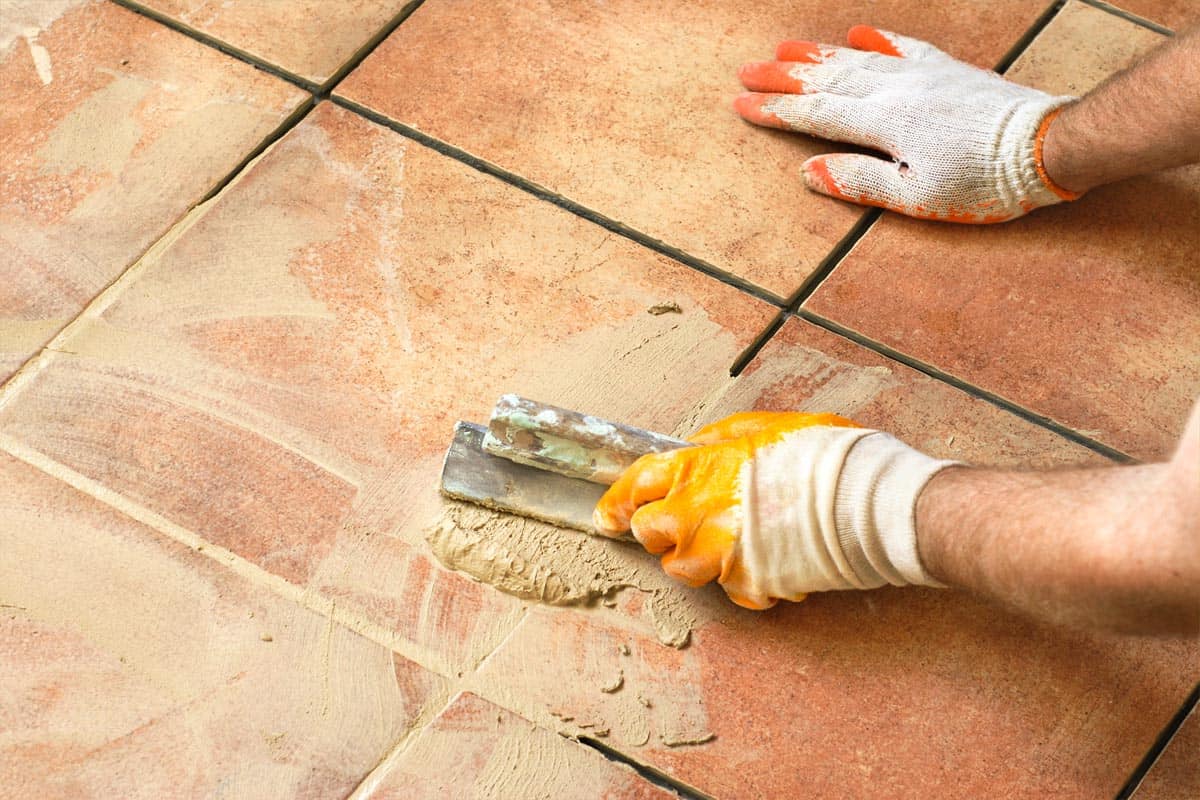
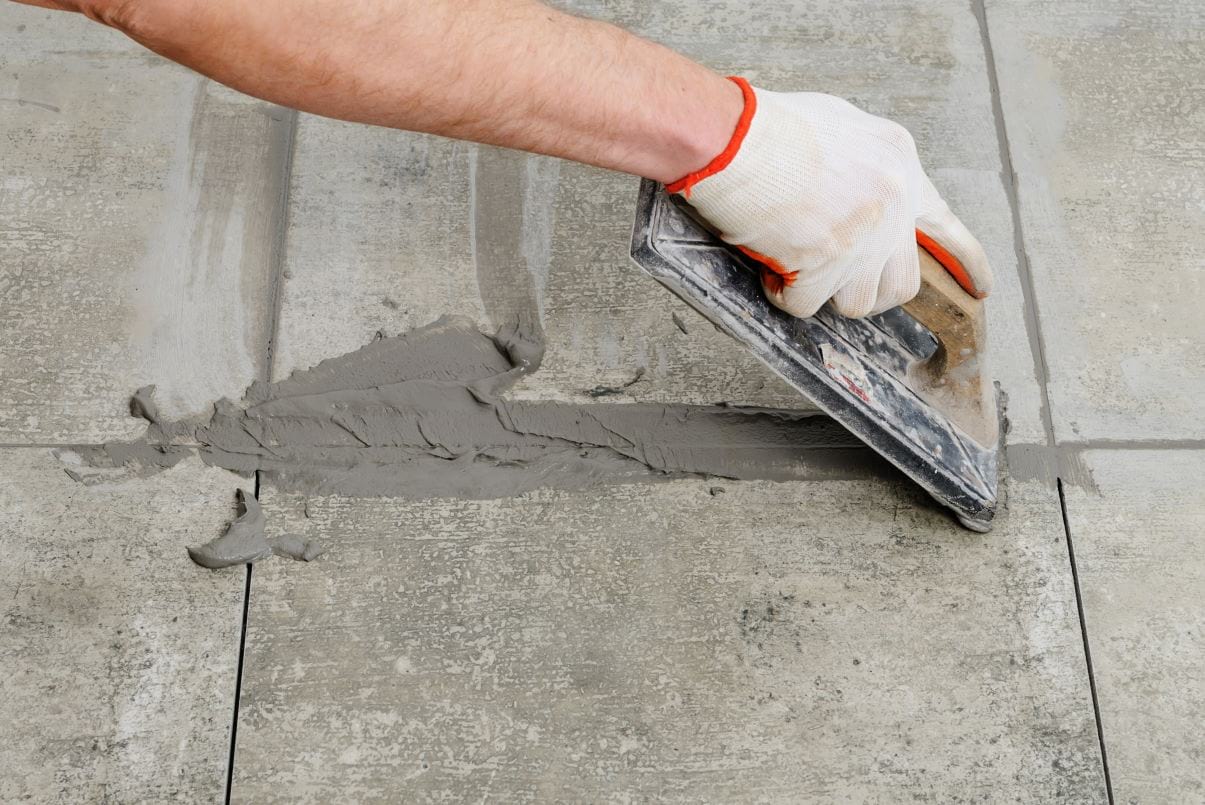
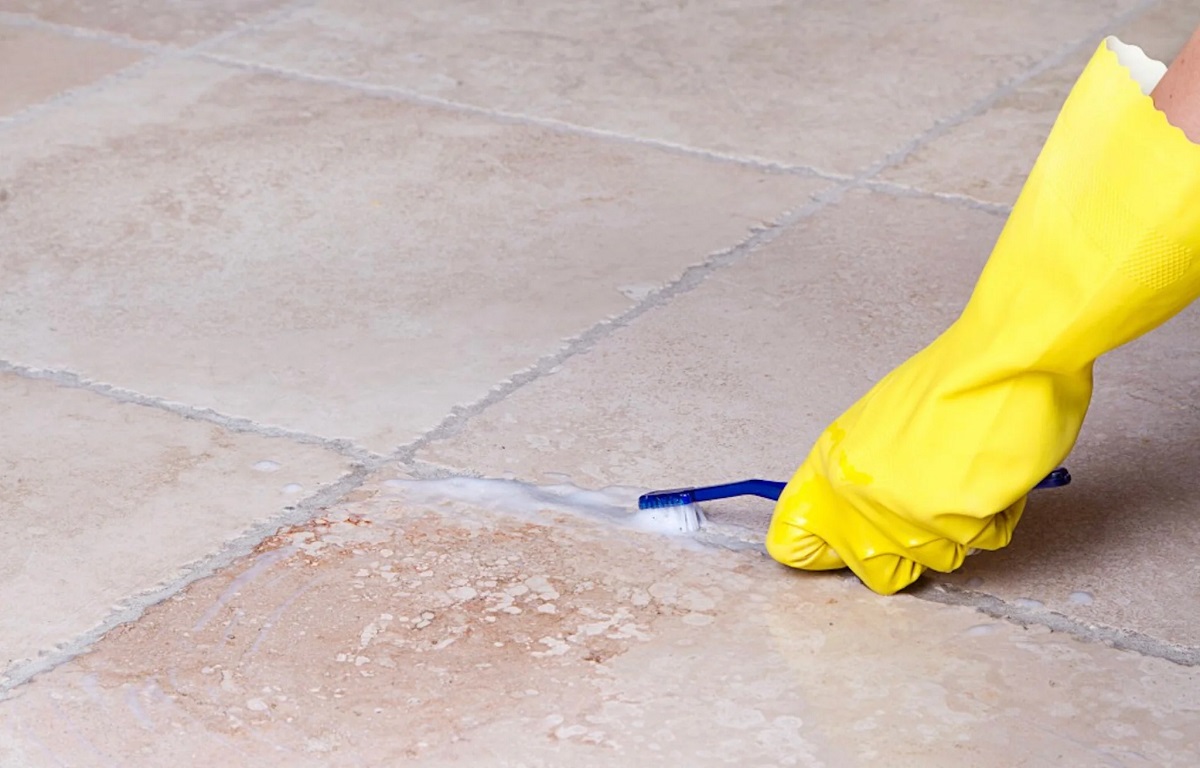
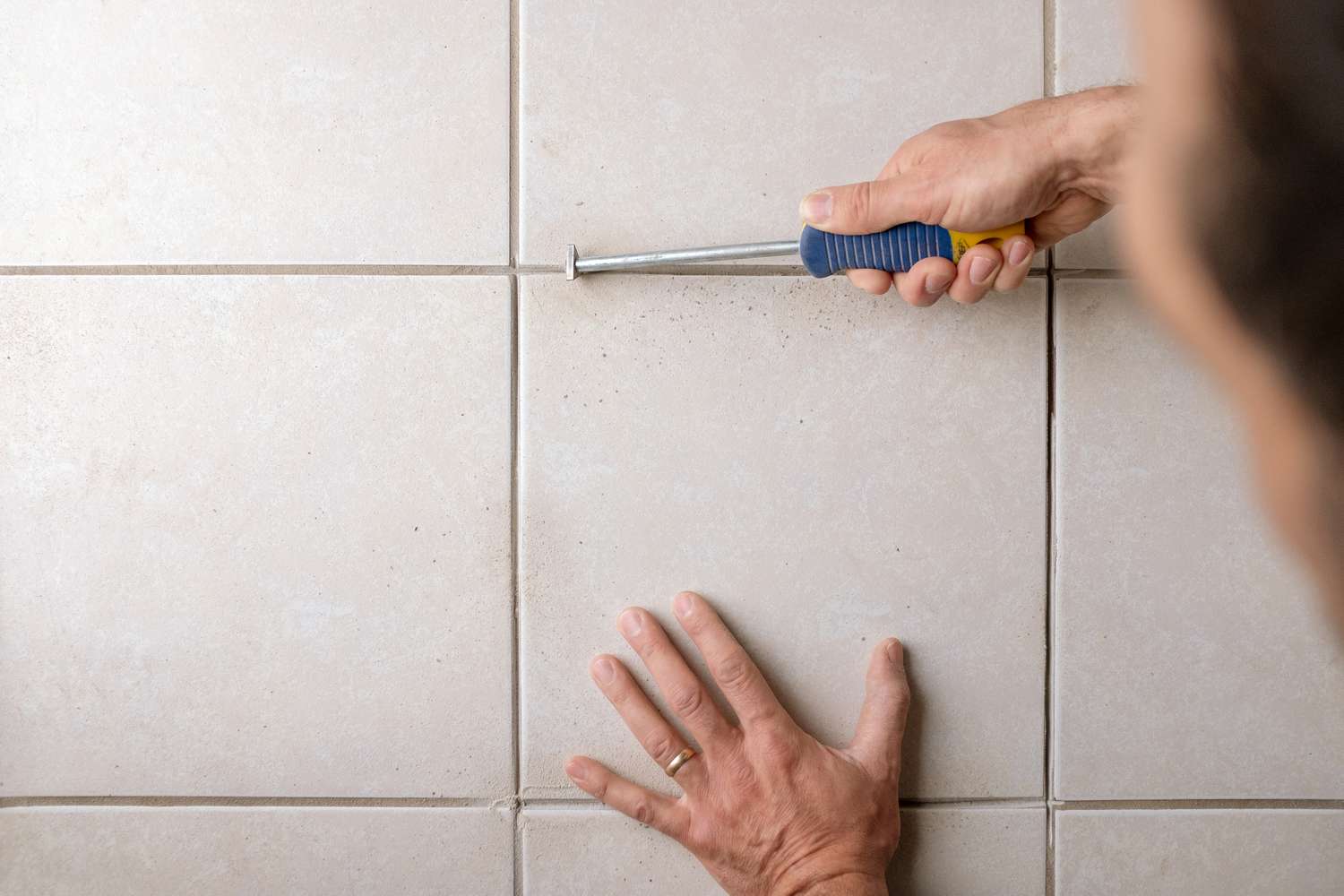

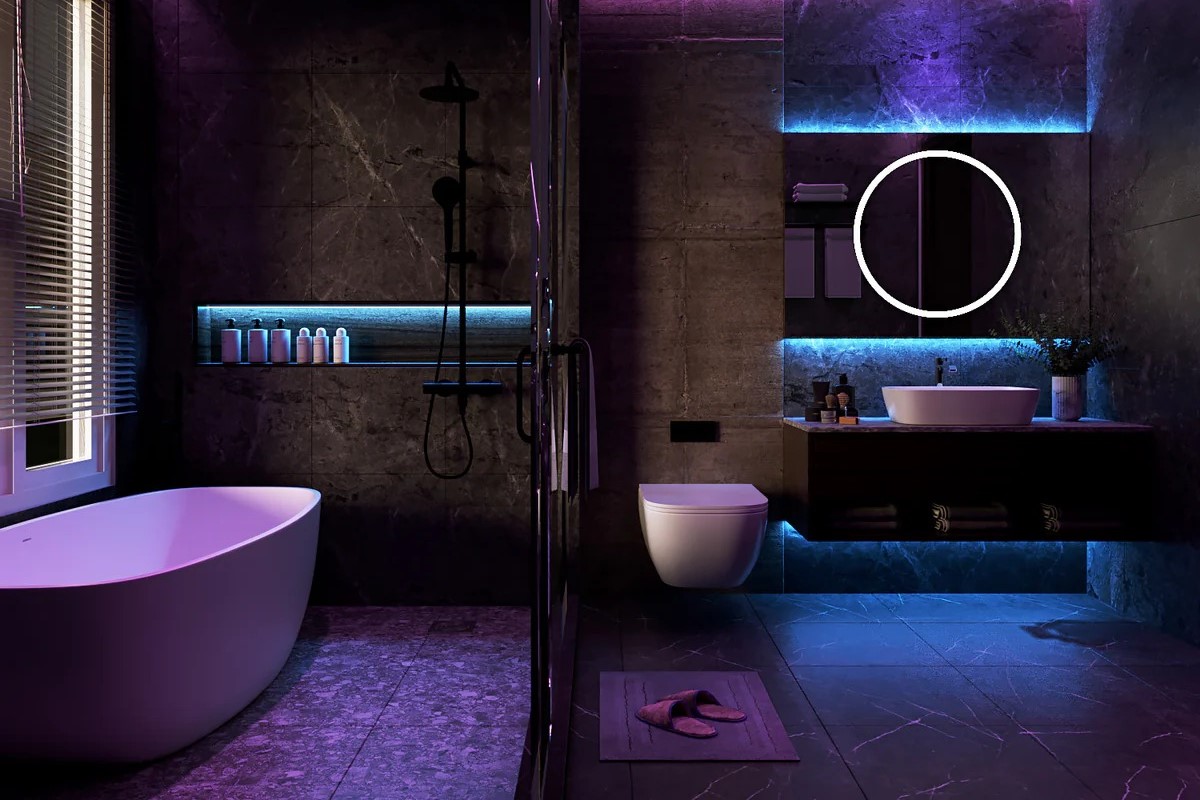
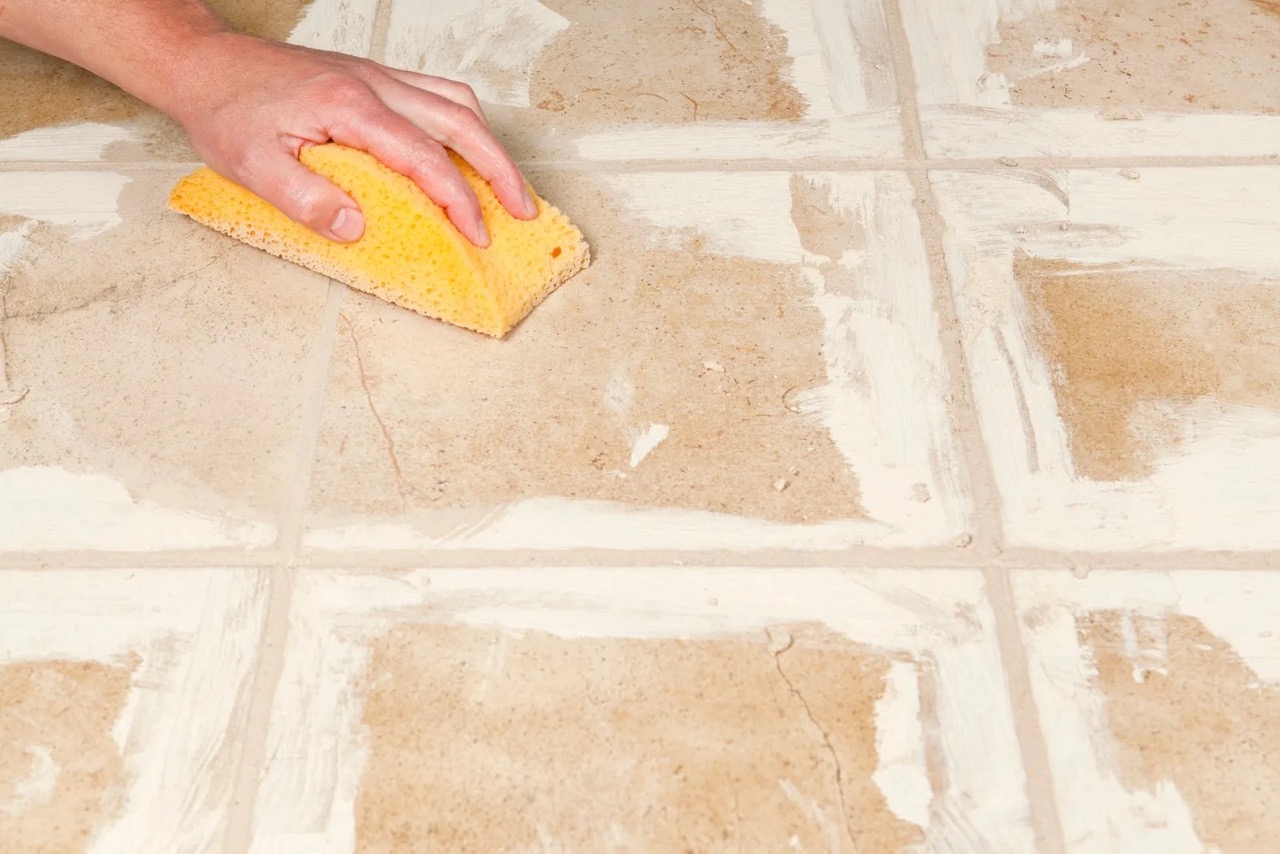
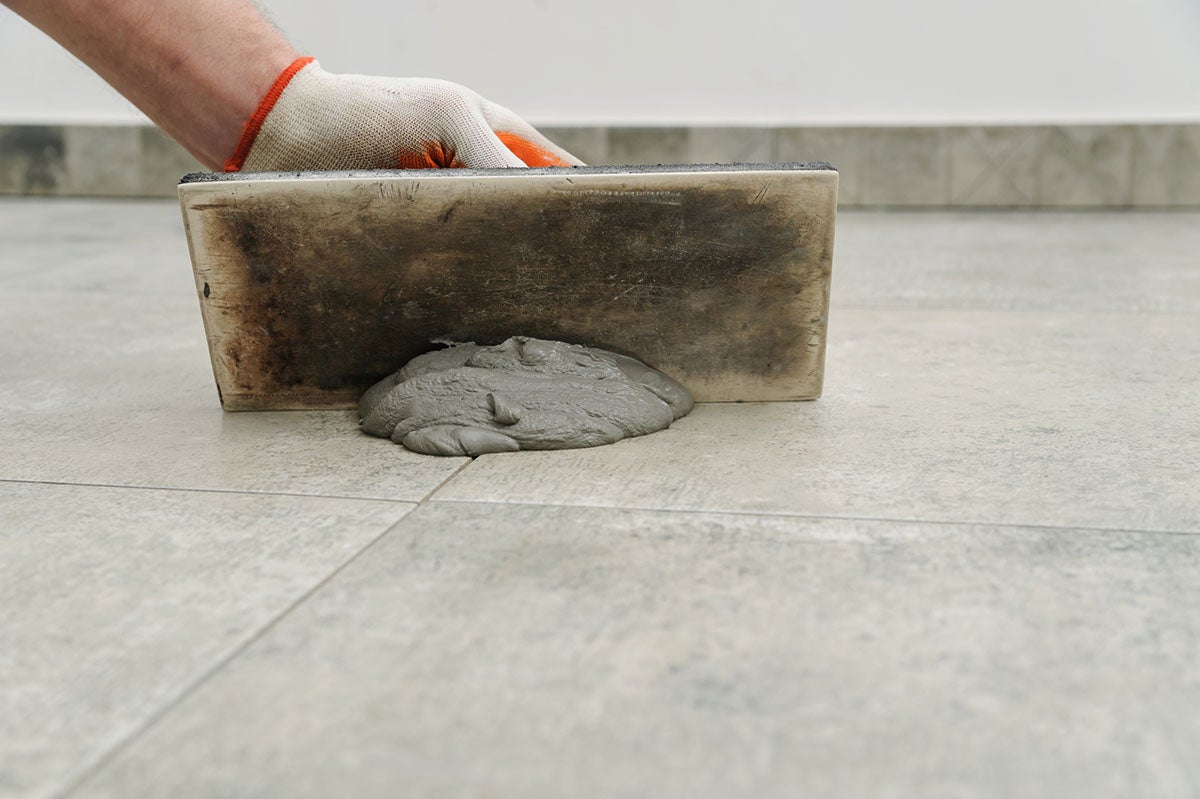
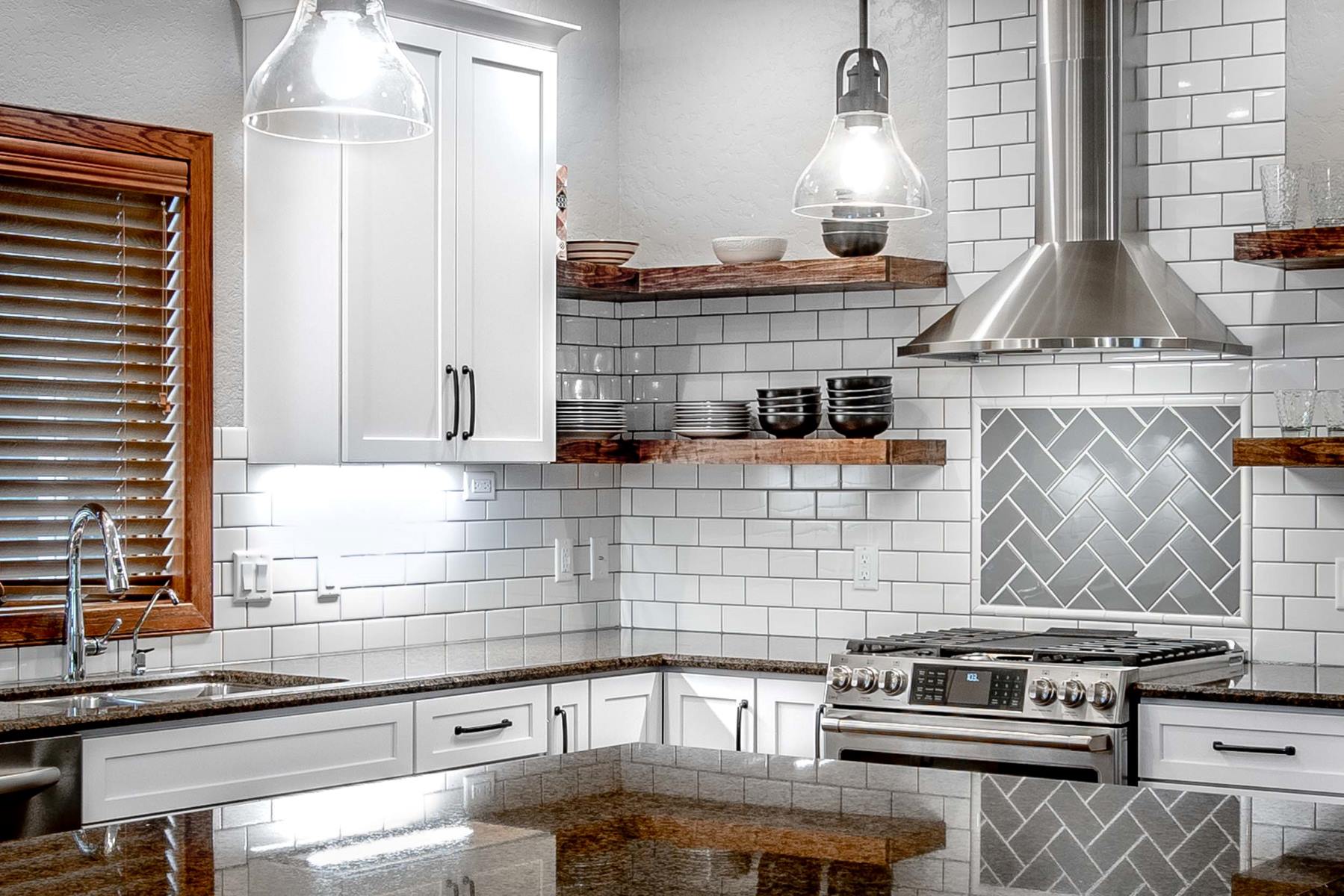
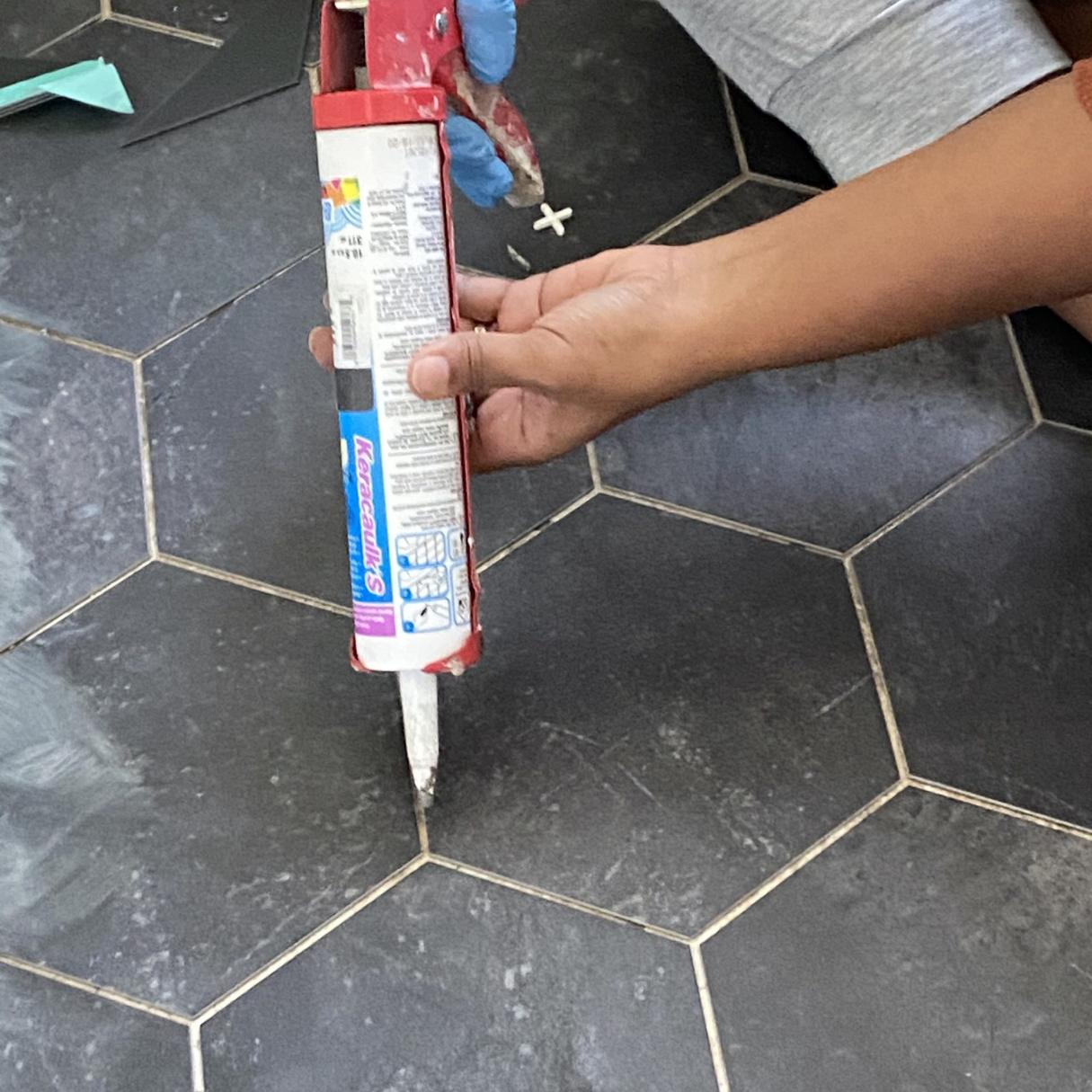
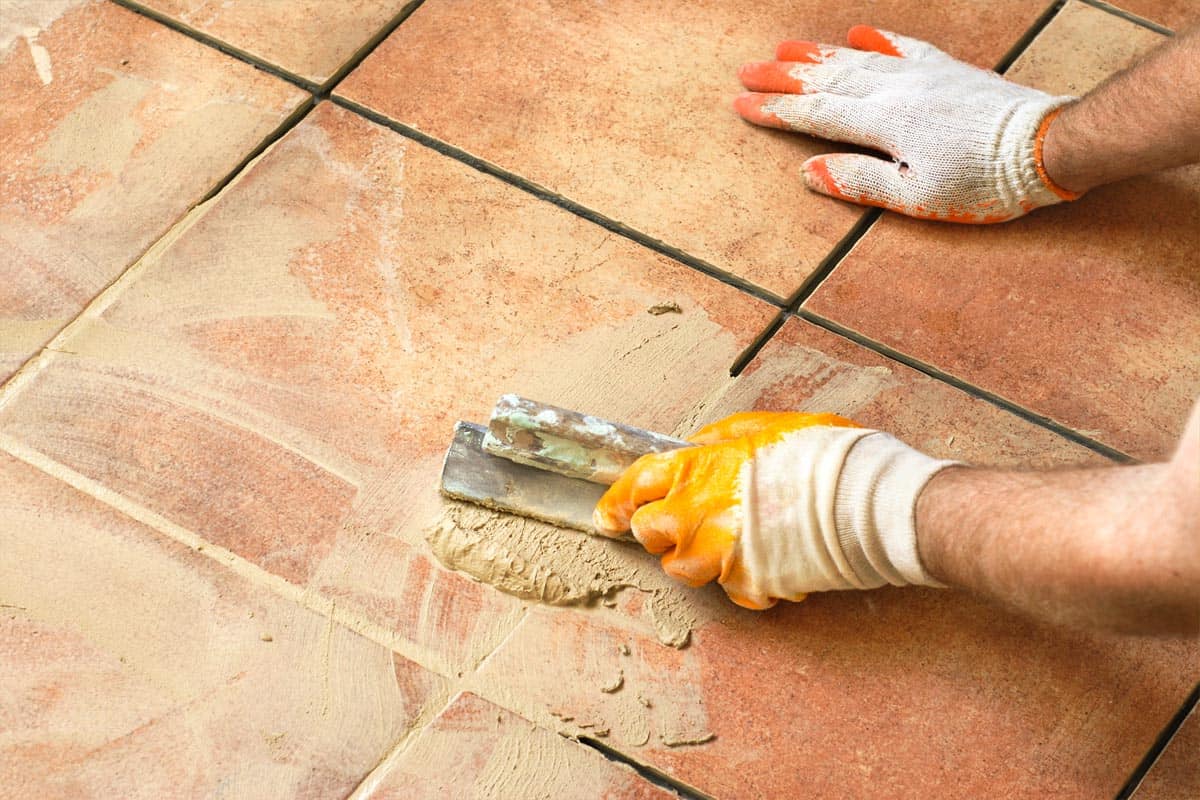
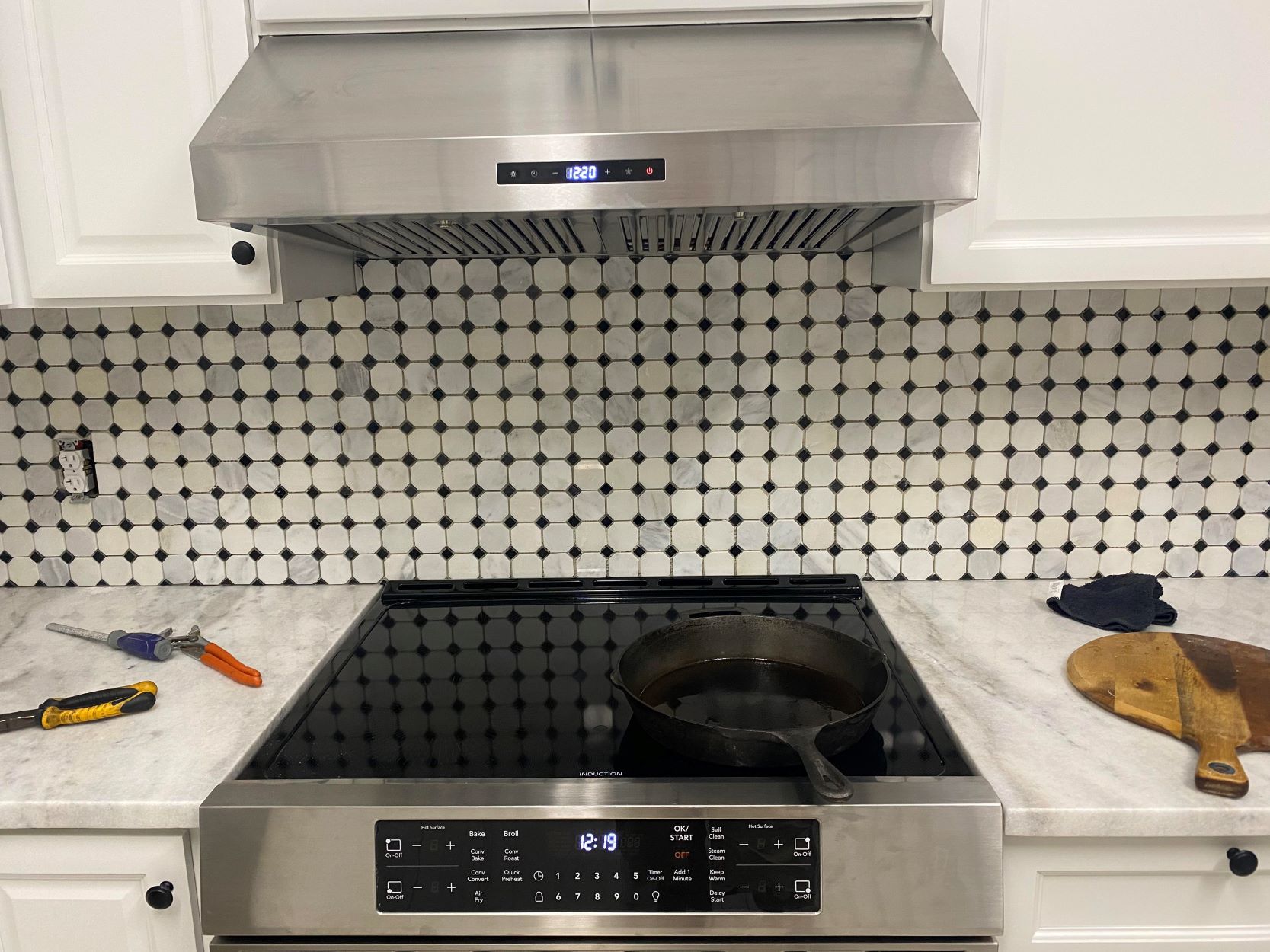



0 thoughts on “How To Choose Grout Color And Type For Your Tile Project”